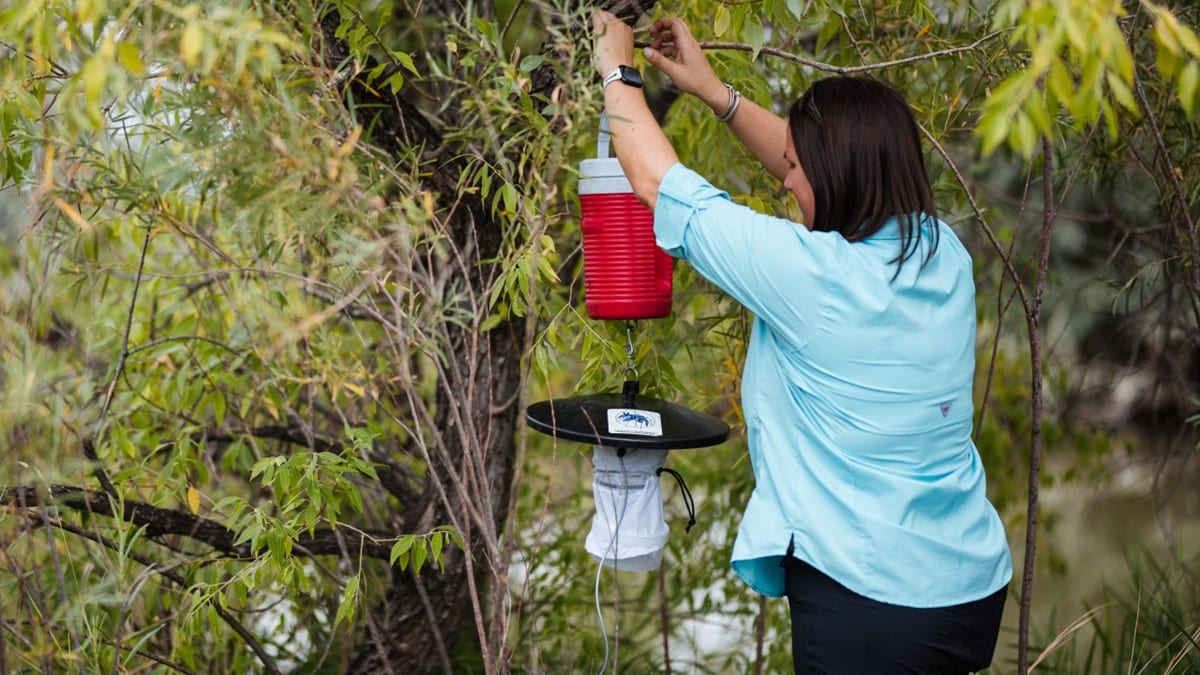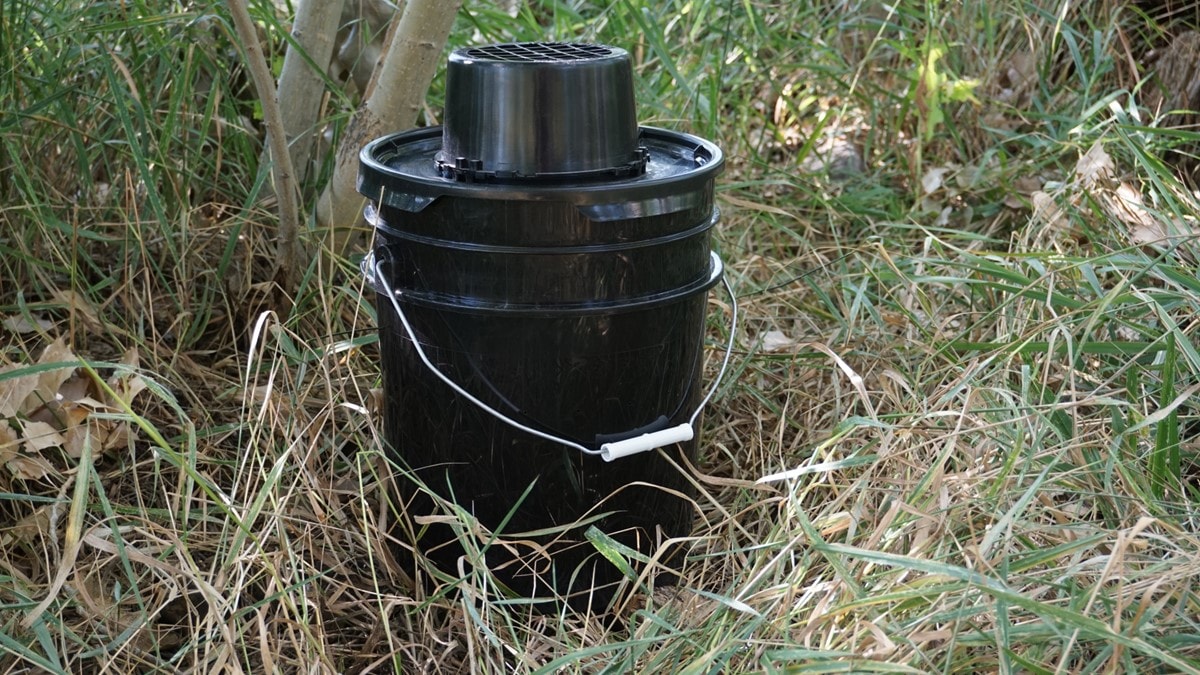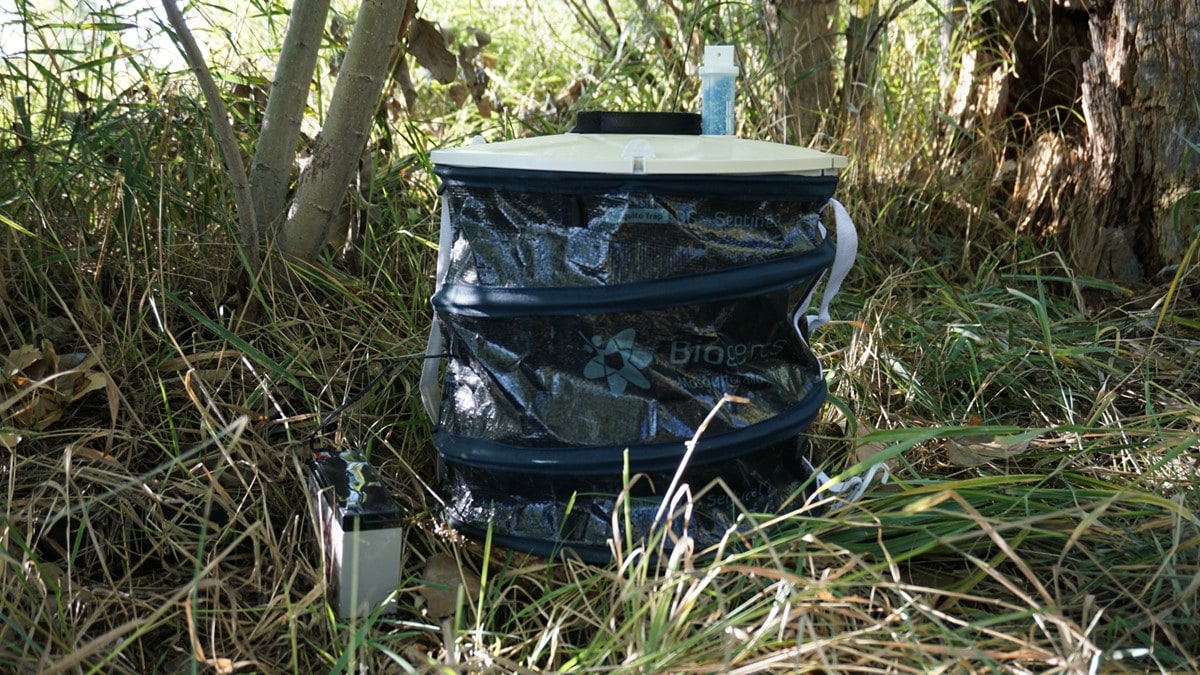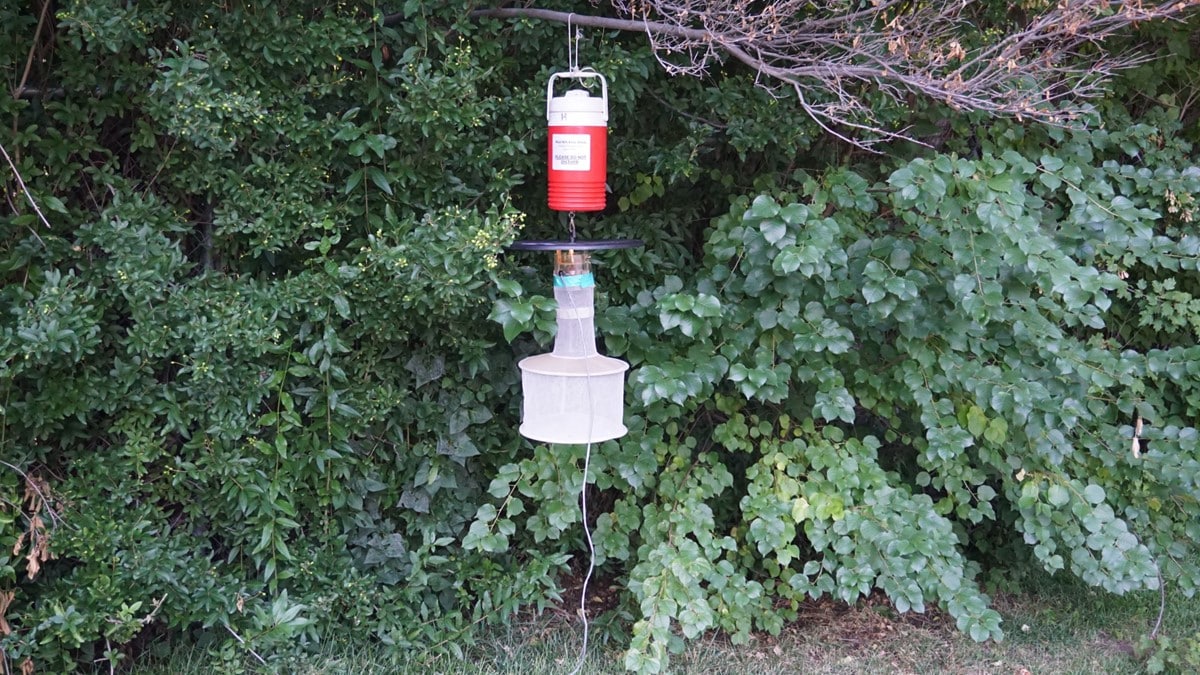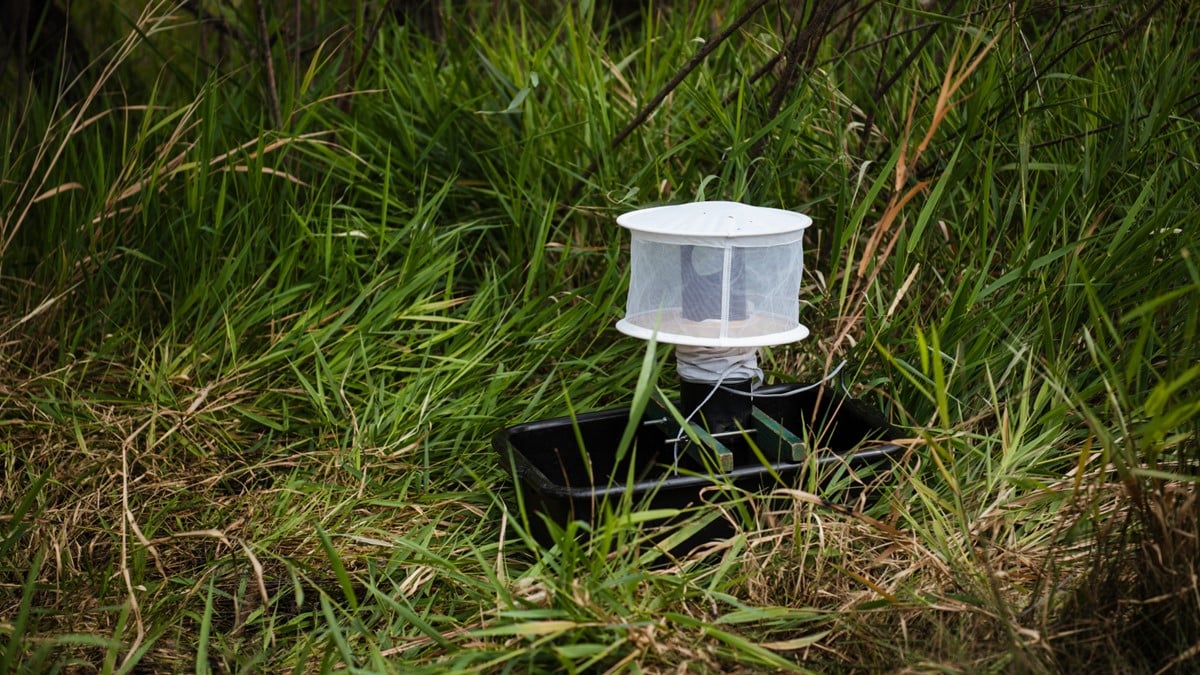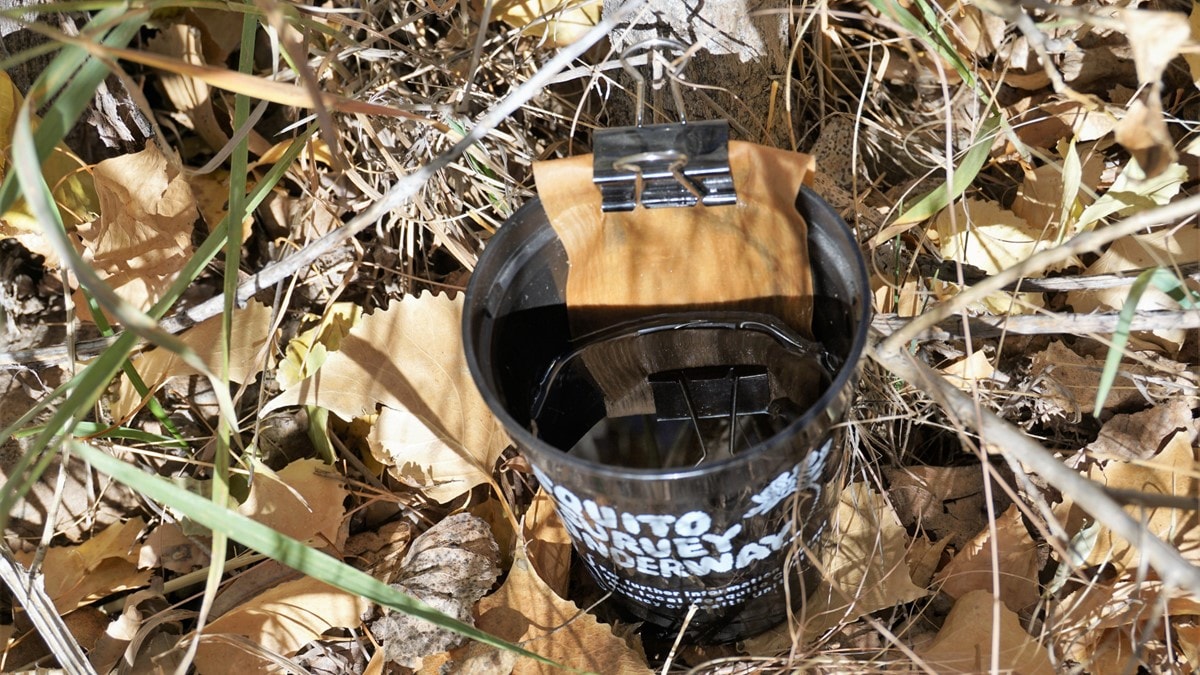Mosquito Surveillance Traps
- Mosquito control professionals use a variety of traps and other surveillance tools to conduct mosquito surveillance.
- Traps are designed to collect a variety of mosquito species at different life stages, including eggs, larvae, adult females, and gravid females.
Autocidal gravid ovitrap (AGO)
Use
- Mosquito species: Aedes aegypti, Ae. albopictus, and Culex quinquefasciatus spp.
- Life stage: gravid, adult female
Tips for use
- Best if used during summer months in temperate areas
- Uses a pack of hay and 8-10 L of water
- Can be deployed for 2 months without checking on them
Autocidal gravid ovitraps allow researchers to collect mosquitoes for study.
BG sentinel trap
Use
- Mosquito species: Ae. aegypti, Ae. albopictus, and Culex spp.
Tips for use
- Use an attractant (e.g., octenol lure, human scent lure, carbon dioxide) to attract more female mosquitoes
BG sentinel traps use an attractant to attract more female mosquitoes.
CDC light trap
Use
- Mosquito species: wide range of mosquito genera and species (including Aedes, Anopheles, and Culex spp.)
- Life stage: adult
Tips for use
- Hang from a tree (5 feet above the ground)
- Using dry ice releases carbon dioxide that attracts host-seeking female mosquitoes
- Most effective when set at dusk and collected after dawn the next day
A CDC light trap captures flying mosquitoes.
Gravid trap
Use
- Mosquito species: Culex spp.
- Life stage: gravid, adult females
Tips for use
- Infuse hay in water 5 days before use (acts as an attractant)
- Drain water on days that trapping is not taking place
Gravid traps attract adult female mosquitoes.
Ovicup
Use
- Mosquito species: Aedes aegypti, Ae. albopictus, Ae. japonicus, and Ae. triseriatus
Tips for use
- Check at least every 3 days
- Dark colors (black) are attractive to females for egg laying
The ovicup trap is designed to attract female mosquitoes for laying eggs.
Resting trap
Use
- Mosquito species: Anopheles, Culex, and Culiseta spp.
- Life stages: adult females
Tips for use
- Set traps in cool, shaded areas
- Collect mosquitoes in the early morning
- Do not set in areas with high sun exposure for extended periods of time
A resting trap is best used for catching mosquitoes by placing in cool, shaded areas.
